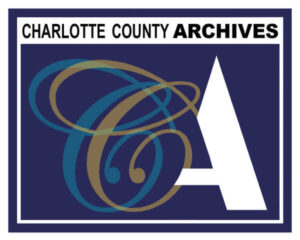Ministers Island: Anomaly and Mystique
by John G. Kelly
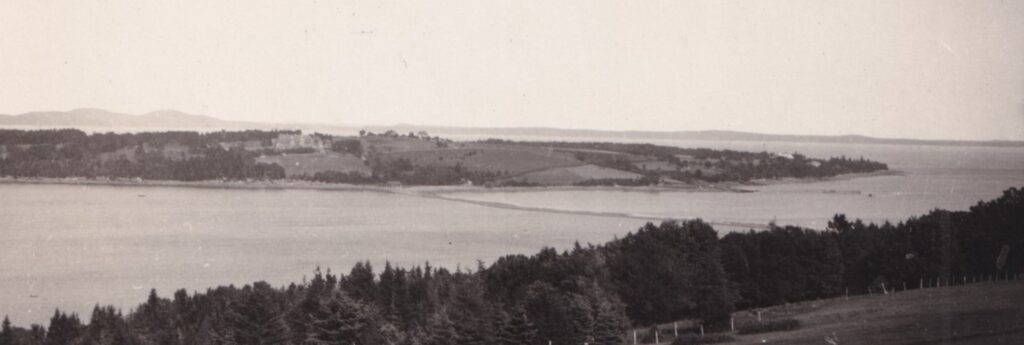
A mystique is an aura of awe surrounding something. Ministers Island is by all accounts awesome. The island comprises 500 acres of land in Passamaquoddy Bay, a tributary of the Bay of Fundy, a half kilometre offshore from St. Andrews. The Bay of Fundy has the highest tides in the world. At high tide it is indeed an island surrounded by water. However, at low tide the water retreats and a narrow sand bar surfaces, creating a narrow passage between the island and the mainland. At low tide, it’s a peninsula. In a geographic context this makes Ministers Island an anomaly. But that anomaly is an illustration of the mystique that has enveloped Ministers Island.
This article will focus on the archival records that commence with the coming of the United Empire loyalists. John Hanson and Ephraim Young, both loyalists, decided to leave America in 1777. New Brunswick – then still part of Nova Scotia – was a British colony. The Crown granted them what were then labeled as location tickets to settle in the colony, albeit absent an actual formal land grant. They had ample opportunity to select land that was easily accessible. However, in what was an early illustration of the mystique associated with this anomaly of an island, they chose to settle on Chamcook Island, as Ministers island was then called.

In 1784 in the aftermath of the American Revolution with the influx of Loyalists to the British colony of Nova Scotia and creation of New Brunswick the British government created a town plat called Saint Andrews and legal title system for lands in the surrounding community.
Captain Osborn, a British sea captain charged with guarding the town and vicinity from American raiders was attracted to Chamcook Island as an investment. He applied to the governmental authorities and was granted formal legal title. Captain Osborn thereupon forced both Hanson and Young to vacate the island.
In 1786, Reverend Samuel Andrews was assigned as the Church of England minister for Saint Andrews and surrounding Chamcook region. His initial home was in the town plat. However, he was attracted to the mystique of Chamcook Island and purchased it from Captain Osborne in 1791. Reverend Andrews built a home circa 1793 and resided on the island until his death in 1819. The island became known as Ministers Island in recognition of its long- standing resident. His son, Elisha High Sheriff of Charlotte County inherited the property which was passed down through the family until 1891.
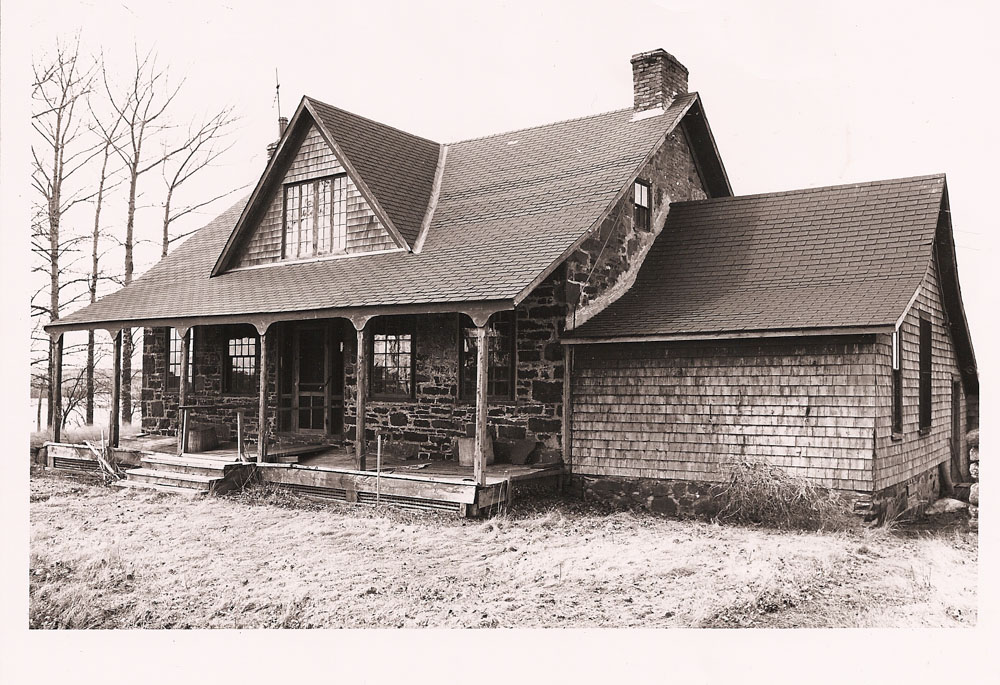
A major source of strength and resilience of Saint Andrews from the 1870s to the present day has been the sustained evolution of a vibrant heritage leisure and tourist industry. Many prominent Canadians and Americans built upscale, and in some instances, luxurious summer residences in the town and surrounding vicinity. The archives contains a treasure trove of entertaining films documenting the history of this very special tourism and its colourful characters.

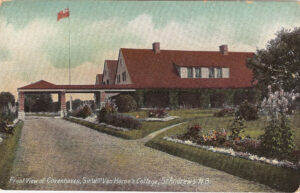
Prominent among them was CPR magnate William Cornelius Van Horne. He, along with Sir Charles Tupper, a “Father of Confederation”, was captivated by the mystique of Ministers Island as the pinnacle for a luxurious summer residence. Van Horne initially purchased 250 acres of land from the Andrews family in 1891, and subsequently the entire island. He constructed a mansion and Canada’s largest stand-alone barn, developing what would become a model for sustainable agriculture and horticulture in Canada. The short documentary “Minister’s Island-A Forgotten Shrine, on file in the Archives, provides viewers with a fascinating portrayal of the mystique of Ministers Island vividly portrayed through the life of Van Horne.
Ministers Island remained in the Van Horne family for three generations. Unfortunately, the family didn’t share their patriarch’s passion for maintaining it as a showplace for opulent seasonal resort living and innovation in agriculture. In 1959 Beverly Van Horne put the property up for sale.
A community-based group appealed to the provincial government to purchase the property. The appeal was rejected by Premier Hugh John Fleming.
A U.S. development group purchased the property. They formed the Van Horne Club with the intention of building an exclusive resort community on the island, making it accessible with construction of an airstrip. It wasn’t successful.
In 1971 the property was again put up for sale. Charlie Van Horne, Provincial Minister of Tourism, took out an option which would entitle the province to purchase it for $400,000. The province conducted a feasibility study and found the estate to be in a serious state of disrepair. The province declined to act on the option.
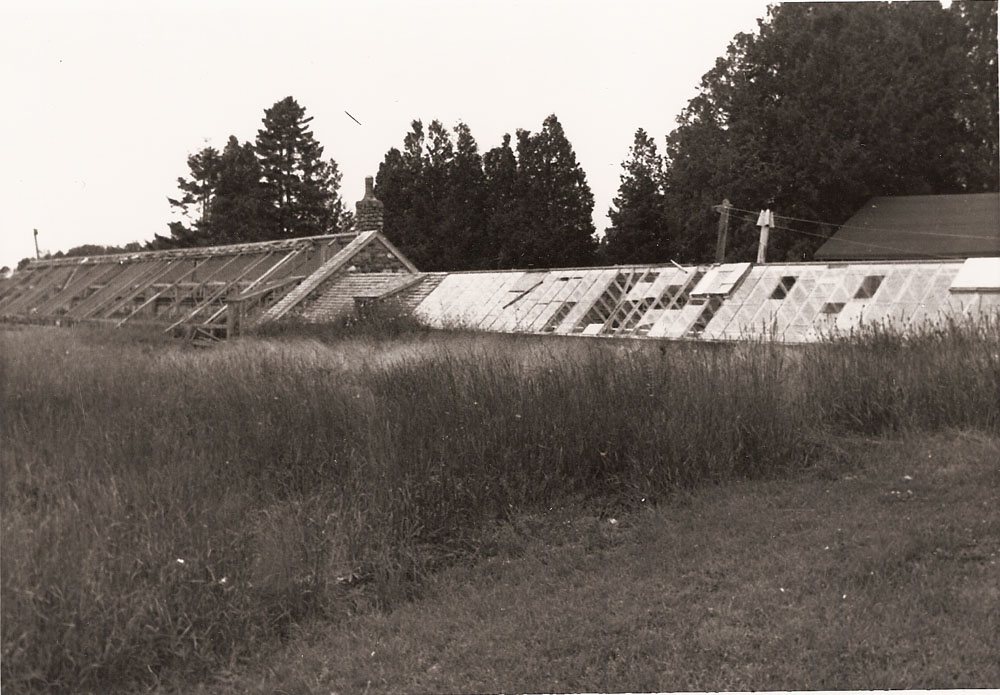
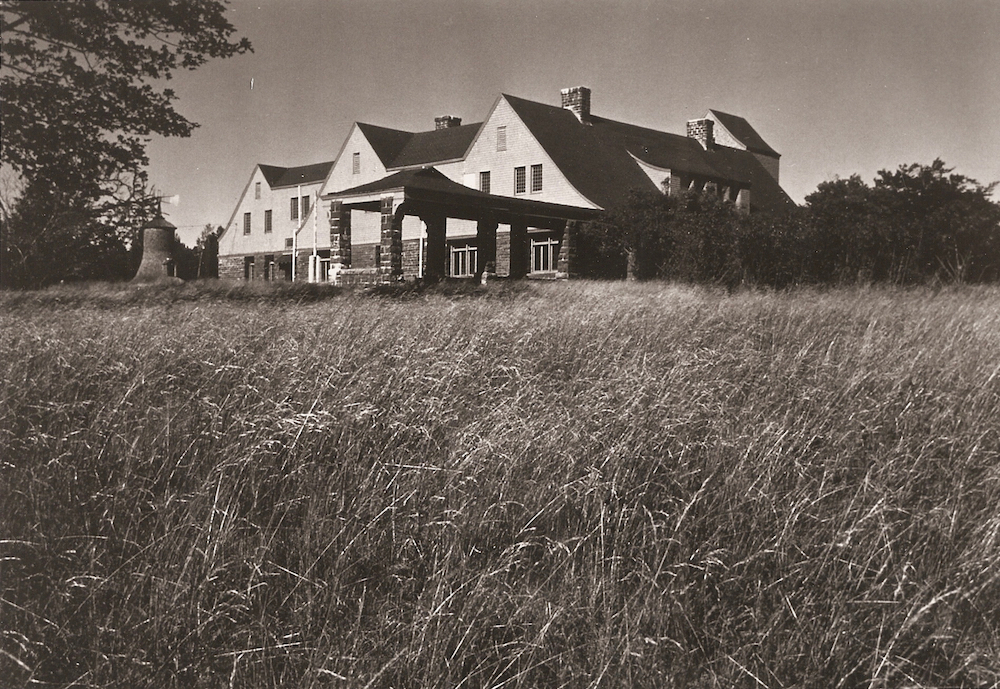
In 1972 Norman Langdon, a U.S. real estate developer, purchased the island for $300,000, planning to develop it as a resort. Private lots were surveyed and put up for sale. However, Langdon couldn’t make a go of it and in March 1977 Covenhoven and its contents were put up for auction. The Town of Saint Andrews appealed to the government to intervene, which it did, but not before many of Covenhoven’s heritage contents were auctioned off.
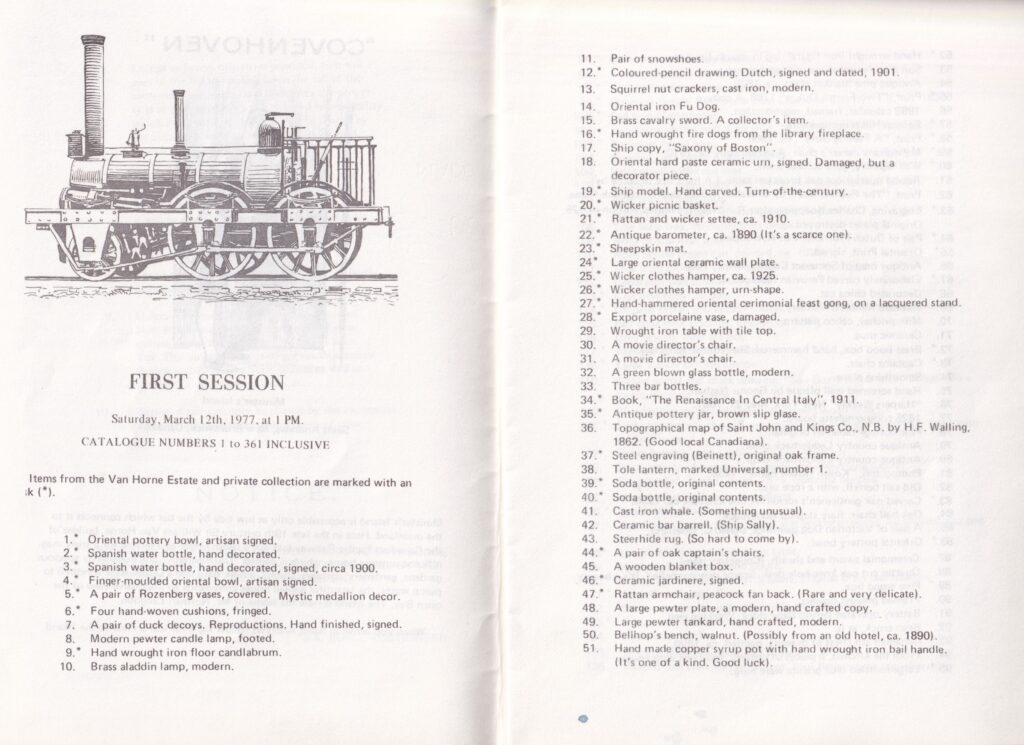
In 1973 the island was purchased by the North Atlantic Land and Cattle Company Ltd. It was subdivided into 36 lots. In 1975 the Van Horne mansion was sold and restored to some degree.
In 1977 the province declared Ministers Island a provincially protected site. The province purchased Ministers Island in 1982 and closed it to the public in 1983, reopening it in 1994.
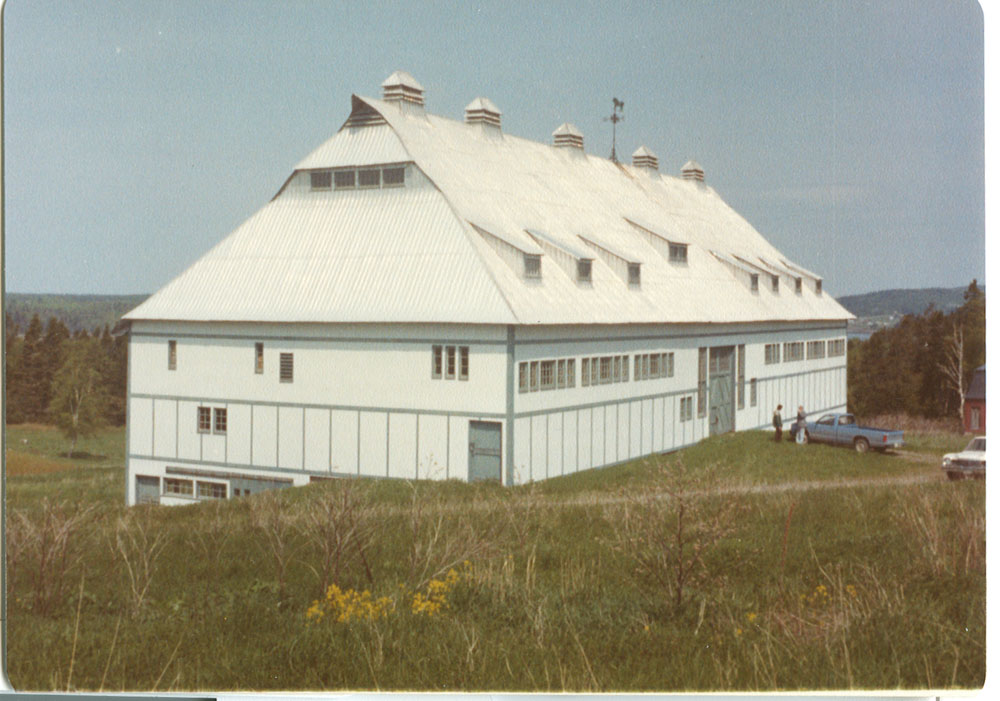
In 1995, the federal government, in cooperation with the province and with funding from the Canada/New Brunswick Cooperation Agreement on Planning, conducted a study and published “The Man The Magic The Majesty”. On file in the archives, it’s an interesting and informative read articulating why Ministers Island has awesome heritage status. It was a comprehensive proposal to rejuvenate Ministers Island national heritage tourism site.
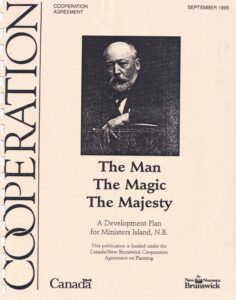
A Ministers Island Advisory Committee was formed to provide advice to the province commencing in 1994. It evolved into the Van Horne Estate on Ministers Island (VHEMI) on April 7th, 2003. VHEMI was incorporated in 2004 as a registered charitable organization dedicated to preserving and promoting the legacy of Ministers Island. In 2008, the New Brunswick government signed a long-term lease with VHEMI, entrusting the organization with the protection, preservation, and development of Ministers Island as a nationally and provincially designated historic site.
Today the island and its buildings are open to visitors seasonally – times dependent, still, on the tides.
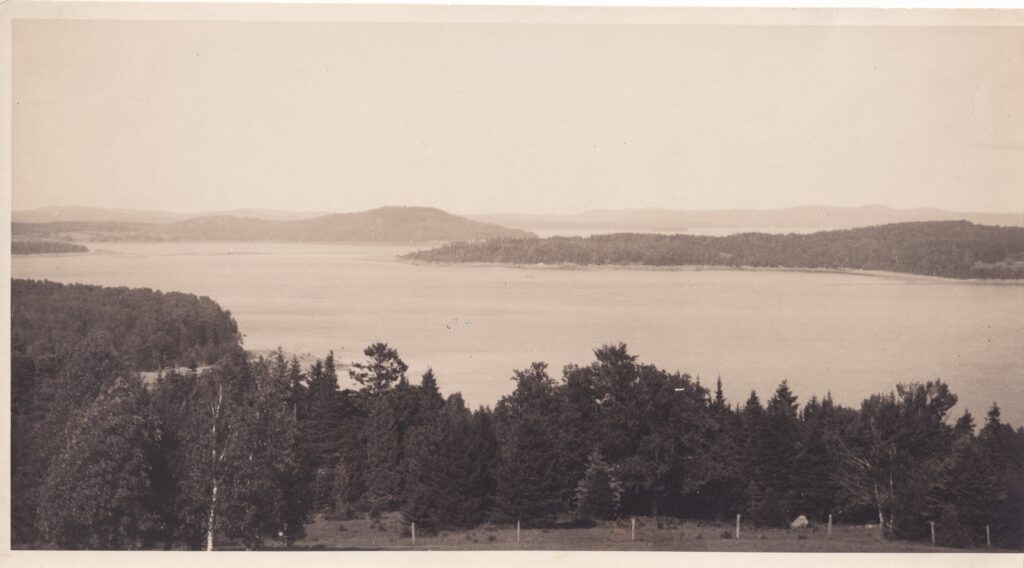
John G. Kelly is a retired law professor and author of Meaningful Memories – Rekindling Past Learning Experiences to Live Life to the Fullest.
